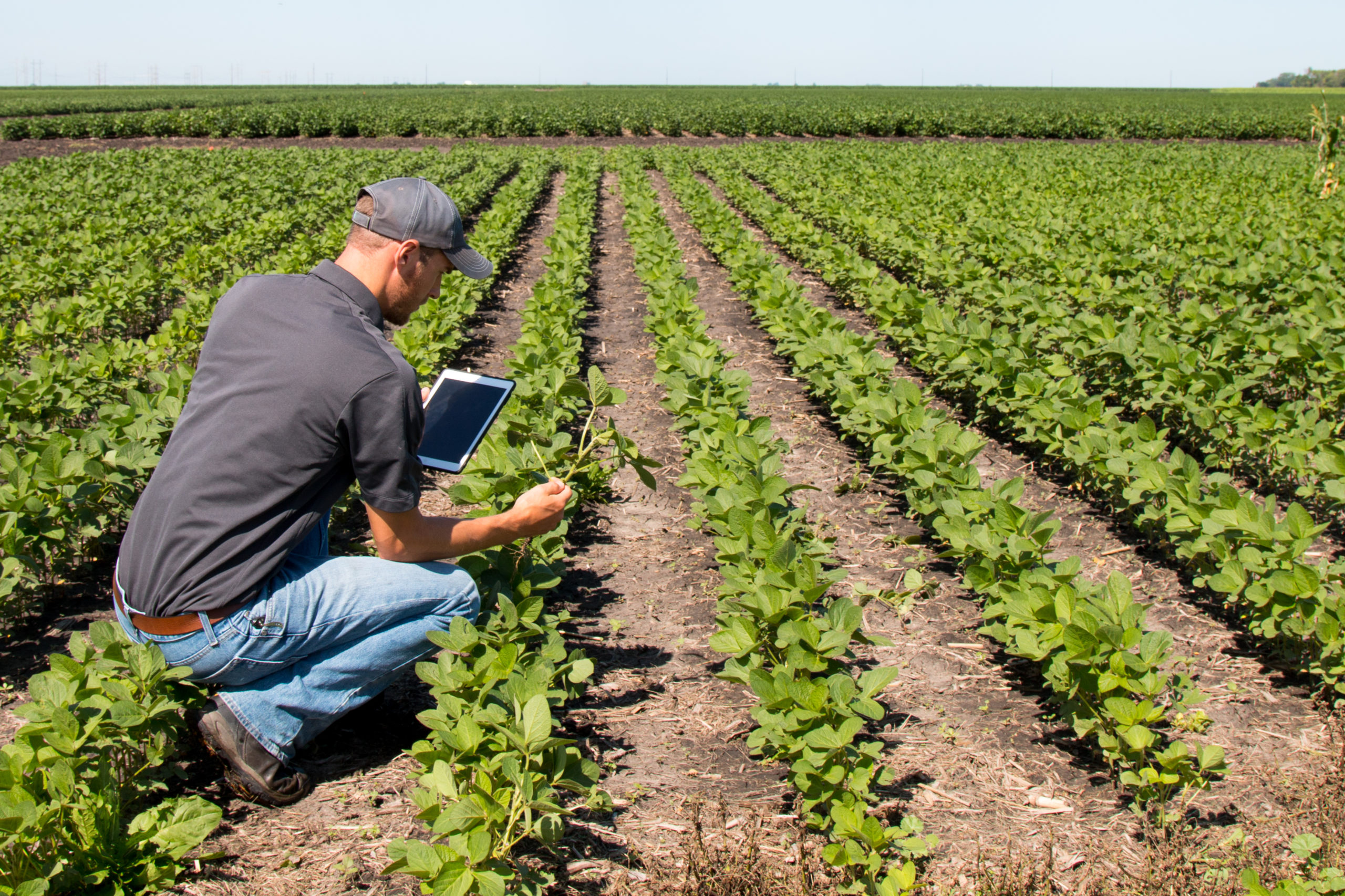
By Mac Marshall, Vice President, Market Intelligence, United Soybean Board and U.S. Soybean Export Council
U.S. farmers are receiving a variety of market signals as the 2022 planting season approaches. The combination of strong crop prices and high input costs encourages them to reevaluate planting intentions, with agronomics weighing heavily in final decisions.
Learn more about current market signals following the release of the U.S. Department of Agriculture’s (USDA) Planting Intention & Quarterly Stocks report March 31. The U.S. Soybean Export Council (USSEC) will host an outlook webinar, partially funded by the soy checkoff. In addition to U.S. Soy perspective, the webinar will feature USDA Chief Economist Dr. Seth Meyer and a panel of U.S. Soy farmers sharing their intentions as they balance agronomics and economics.
The current commodity price environment gives U.S. farmers strong signals to plant soybeans, corn and wheat, as commodity prices increase for the stored 2021 crop and crops that will be harvested this fall. Several factors contribute to this trend, most notably a predicted decrease in soybean production in South America due to serious drought. As of mid-March, analysists decrease projections for South American production by nearly 28 million metric tons, or over 1 billion bushels, from December projections.
“I plan to plant 55% of my ground to soybeans, a slight increase from the average 50%,” says Doug Winter, who serves as USSEC chairman and farms near Mill Shoals, Illinois, in the U.S. Midwest. “I will grow more seed soybeans than usual because of seed company demand.”
Despite high crop prices, high input costs and supply uncertainty for fertilizers and crop protection products add pressure to farmers’ margins. Farmers must balance near-term market signals with long-term agronomic decisions that impact soil health, pest management, and production practices. With disruptions in global supply chains that impact both input availability and end market demand, the balancing act becomes even more critical.
“I have also decided to plant more grain sorghum, commonly called milo, instead of corn on some rolling, highly erodible, drought-prone soils,” Winter adds. “It has lower input costs, while the crop price is increasing. And milo responds better than corn on those soil types when we have hot, dry stretches of summer weather, which are common in my region of the country.”
Farmers throughout the United States work through similar decisions as they consider factors specific to their region, crop rotation and input needs.
“We plan to plant about one-third less corn than usual in 2022, based on both agronomics and economics,” says Ralph Lott, who farms near Seneca Falls, New York, in the northeastern U.S. “We planted more than 120 hectares, about 300 acres, with wheat as a cover crop last fall. However, the crop looks really good, so we plan to grow that wheat out to harvest, instead of treating it like a cover crop preceding corn.”
Last year, some of Lott’s corn had vomitoxin, a mycotoxin caused by a fungus. To combat this challenge, he plans to plant more soybeans than corn. To manage input prices, he locked in a price for weed control with his local supplier. What he doesn’t know is what herbicides will be available, a challenge when planting herbicide-tolerant soybeans and corn.
“In our area, plans won’t change very much due to irrigation capacity,” says Brad Doyle, a farmer and seedsman near Weiner, Arkansas in the south-central U.S. “Our plans to plant soybeans and rice haven’t changed. We will stick with our rotation.”
Doyle adds that the price of the medium-grain rice grown in his region is improving and some farmers may plant more medium-grain rice at the expense of soybeans and long-grain rice because of limited water in California. However, he doesn’t expect those decisions to impact global market and supply.
During the USSEC outlook webinar, three other U.S. Soy farmers will share their planting intentions and answer questions about the factors impacting those decisions. They will explain how they balance agronomics and economics to raise sustainable, high-quality soy and other crops on their farms.
- Tim Bardole and his family grow soybeans and corn and raise pigs near Rippey, Iowa, in the heart of the U.S. Midwest.
- Jim Douglas farms near Flat Rock, Indiana, in the eastern U.S. Midwest. He and his son raise soybeans, corn and pigs.
- David Nichols farms soybeans, corn and wheat near Ridgely, Tennessee, along the Mississippi River in the south-central U.S.
The U.S. Soy March Planting Intention and Quarterly Stocks Report webinar will be March 31 at 7 p.m. Central. Register at https://cvent.me/n4D81r.